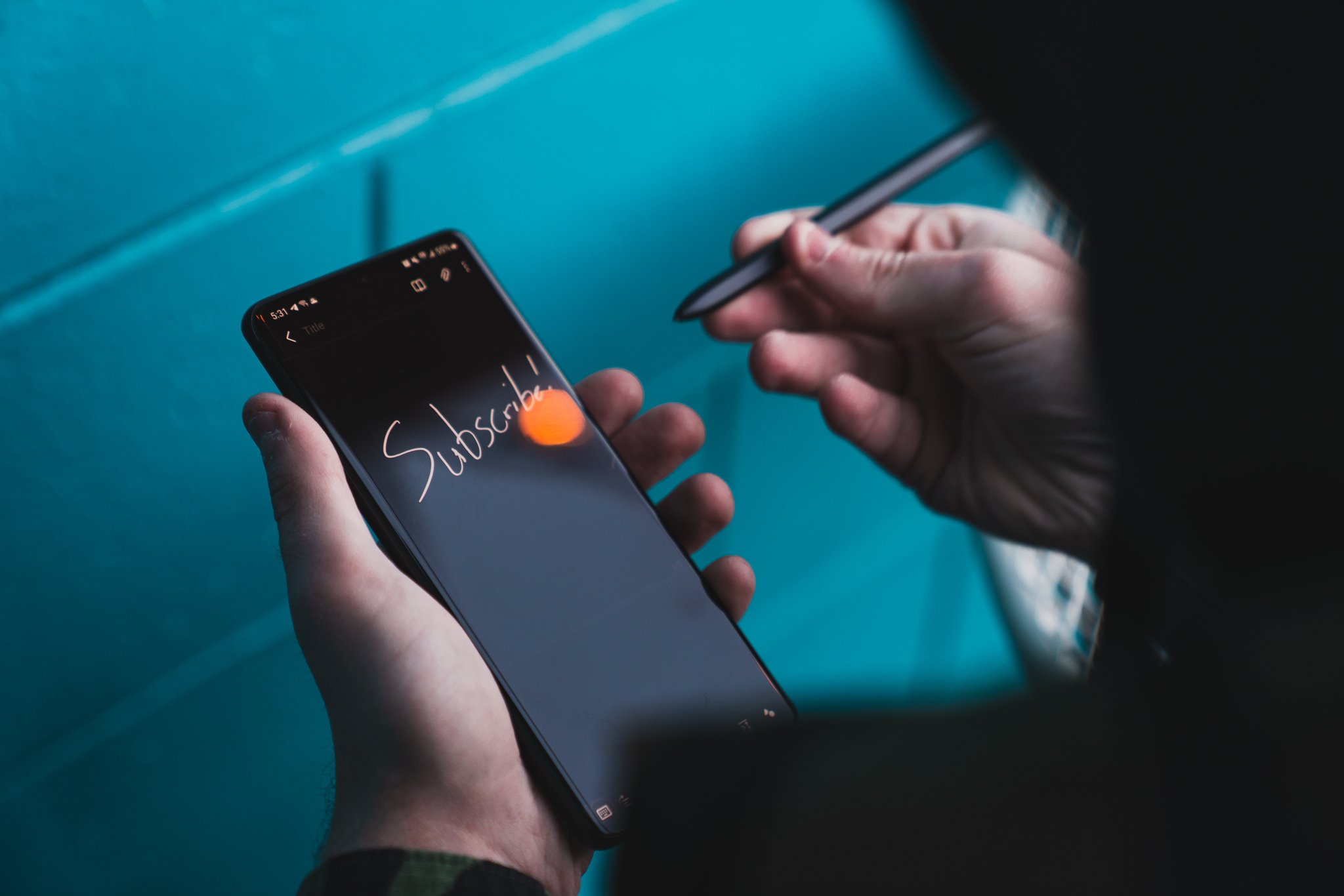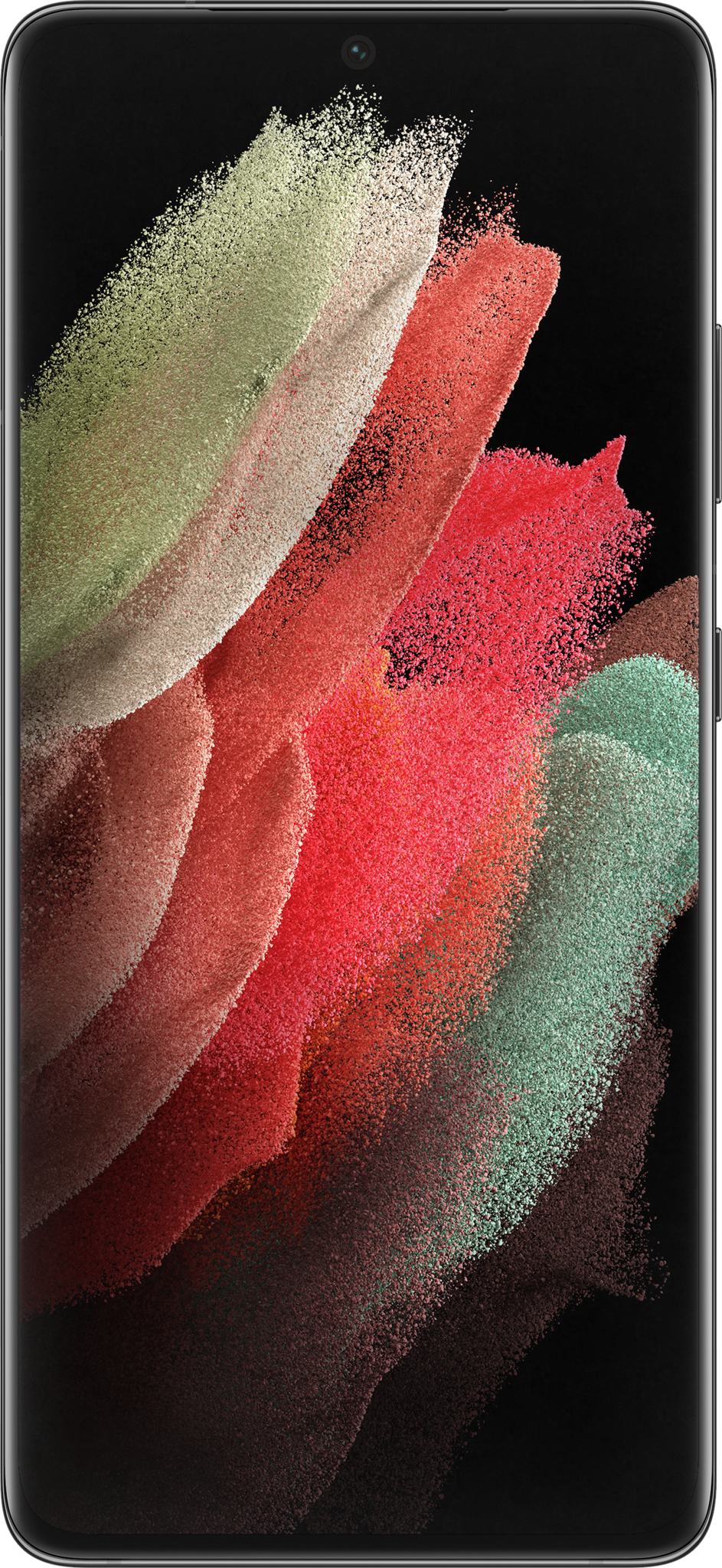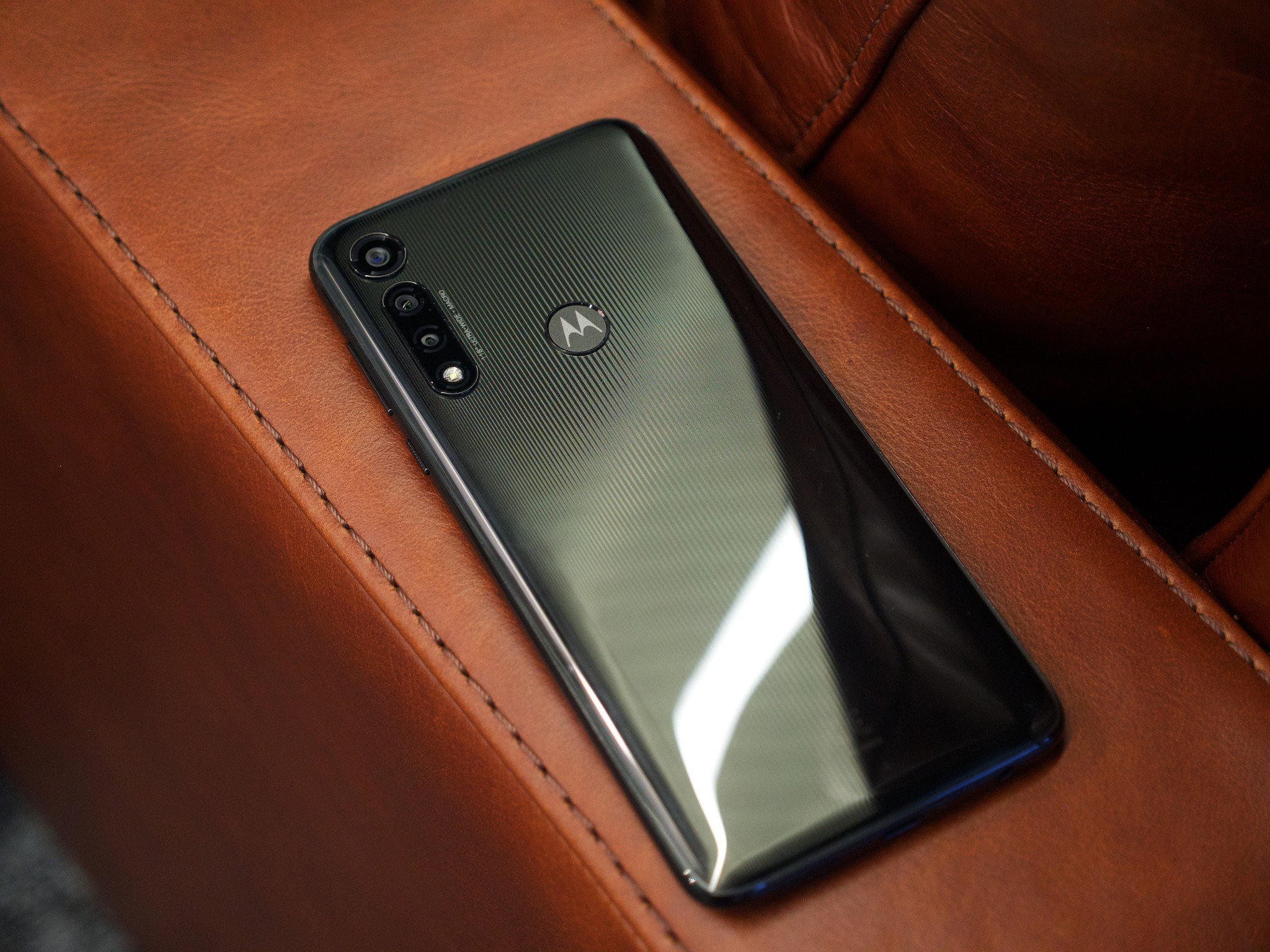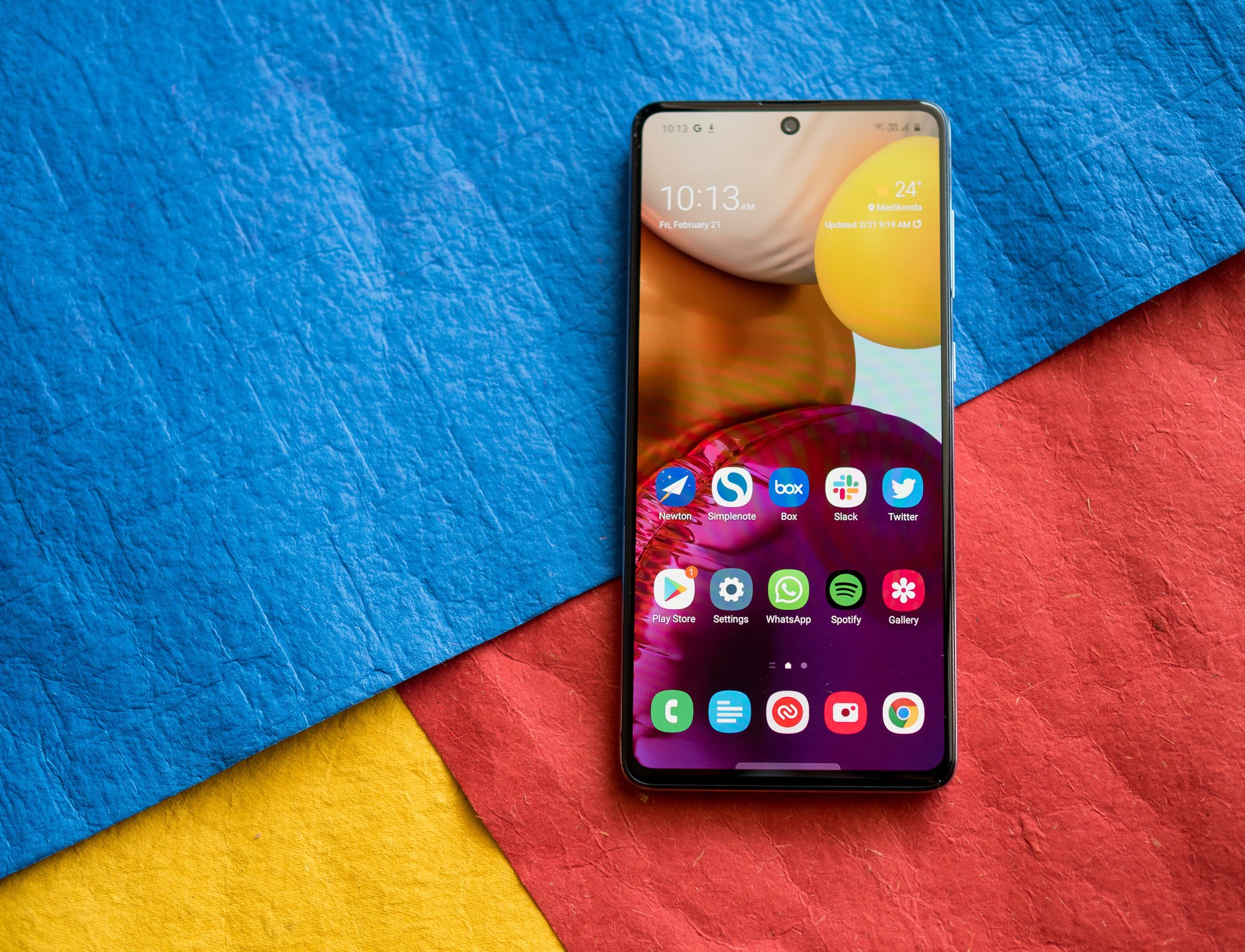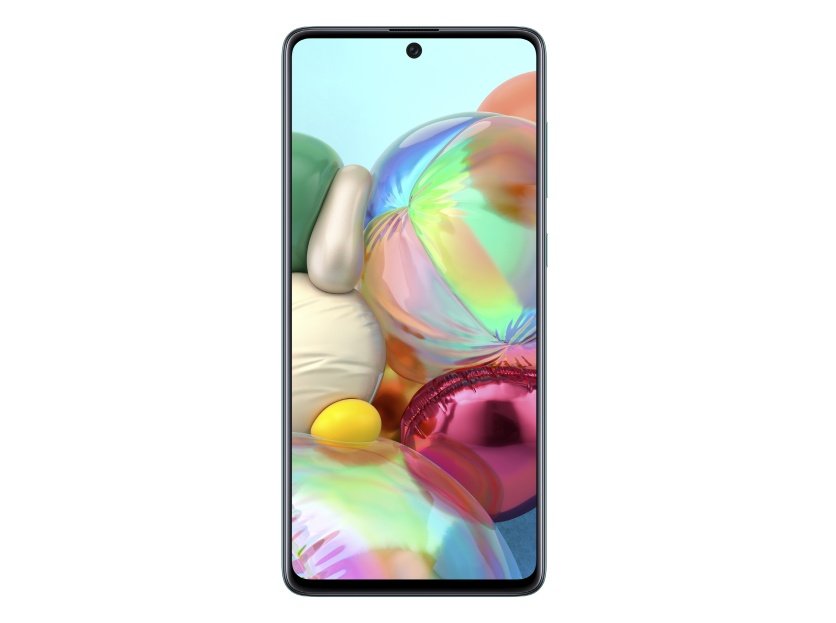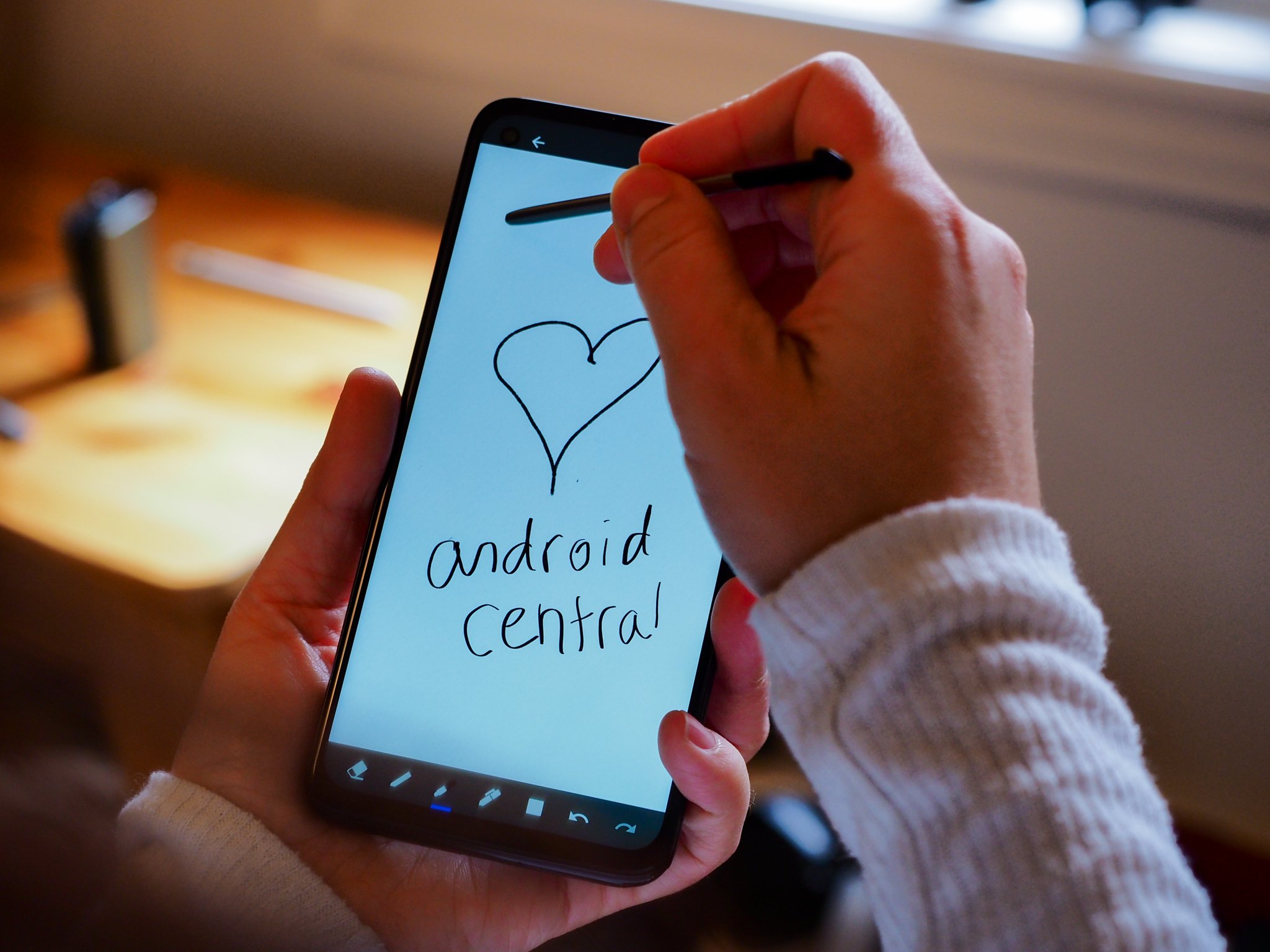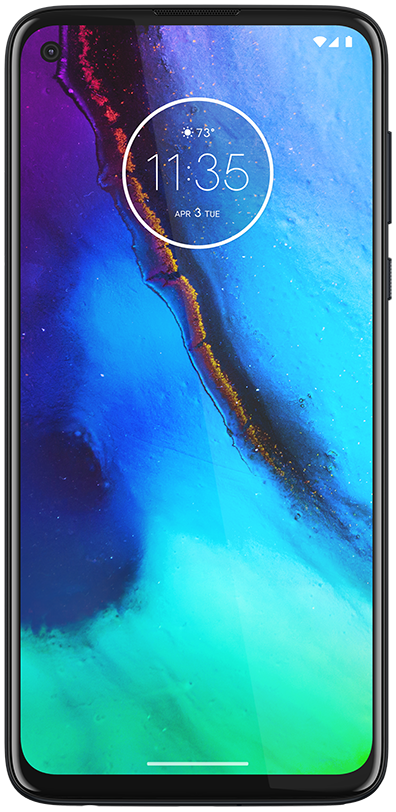These are the phones you should buy for Google Fi
Starting at just $20 per month for unlimited calls and texts and $10 per gigabyte of data, Google Fi is one of the most compelling carriers around. Factor in its excellent global roaming, nationwide coverage, and billing feature that credits back whatever data you don't use, and you have an even more appealing purchase. Fi works with almost any unlocked phone, but certain features, like intelligent network switching, only phones "designed for Fi," like those below. The Google Pixel 5 is our top recommendation for the network because of its complete feature support, but here is a collection of the best phones for Google Fi if that doesn't fit your needs.
Best overall phone for Google Fi: Google Pixel 5The best overall option is the Google Pixel 5 when it comes to phones that work with Google Fi. Not only is the Pixel 5 an exciting phone on its own, but it was also built with Fi in mind to provide the best possible experience when used on the network. It supports Fi's network switching for the best coverage and speeds (including 5G) and can use every extra Fi feature like its built-in VPN.
Looking at the phone itself, the Pixel 5 brings a lot to the table. It has a large 6-inch display with a smooth 90Hz refresh rate, Qualcomm's Snapdragon 765 processor paired with 8GB of RAM, and a sturdy, aluminum back. That back is textured to keep it from slipping out of your hands, and Google even engineered it to allow for wireless charging.
The Pixel series' greatest strengths - camera performance and software - are where the Pixel 5 shines. Along with the primary 12.2MP camera, there's also a 16MP ultra-wide one. Images taken with the Pixel 5 are wonderful, whether you're shooting during the day, evening, or outside in the pitch black for jaw-dropping astrophotography images. The software on offer is fast, clean, and is guaranteed to receive major updates and security patches through October 2023.
If there's one downside to the Pixel 5, it might be the processor. The Snapdragon 765 is certainly capable enough for just about anything you can throw at it, but it's not Qualcomm's top-level chip. Storage may be an issue for some as well, as there is only a 128GB variant and no microSD card expansion.
Pros:- Phenomenal cameras
- 90Hz AMOLED display
- Aluminum construction with wireless charging and IP68 water resistance
- Clean, up-to-date software
- "Designed for Fi" multi-network compatible
- Poor storage offerings
- Not Qualcomm's top chip
$699 at Amazon$700 at Best Buy$699 at B&H
Google's phone pairs perfectly with Google's carrier
Google's Pixel 5 stands out as the best phone for Google Fi. It's an outstanding package that works with all the Fi features.
Best upgrade pick phone for Google Fi: Samsung Galaxy S21 UltraThe best way to use Google Fi is with a phone that can use its whole network and all of Google Fi's features. Samsung has brought the entire Galaxy S21 line to Google Fi, and the Galaxy S21 Ultra is the biggest and most powerful phone of the bunch.
The Galaxy S21 Ultra is one of the fastest phones anywhere with a Snapdragon 888 and a massive 12GB RAM. The RAM is even upgraded to 16GB with a higher-capacity model. The 6.8-inch 3200x1440 AMOLED is simply stunning to look at with inky blacks and great colors. It can even drive the display at 120Hz if you are willing to trade a bit of battery life for improved responsiveness.
The back of the S21 Ultra features four cameras that work together to deliver a great photography experience. There is a main 108MP camera for everyday shots next to two telephoto lenses and a wide-angle lens. This enables an optical zoom of up to 10x with minimal distortion. As a result, this phone will be the best camera many people have ever used.
Pros:- Best-in-class display
- Phenomenal cameras
- Good battery life
- Exceptional performance
- 5G enabled
- Quite Expensive
- Very large
$1,200 at Amazon$1,200 at Best Buy
The ultimate Galaxy phone
The S21 Ultra is the biggest and fastest Galaxy ever, with a speedy CPU, a beautiful display, and great 5G support.
Best value phone for Google Fi: Google Pixel 4aThere's no denying that the Pixel 5 is an enticing package, but we also understand that not everyone is ready to throw down that kind of money for a new phone. If you prefer to keep things a bit more affordable but still want a similar experience, the Pixel 4a is for you.
Compared to the Pixel 5, the Pixel 4a does have some shortcomings. Its display is only 60Hz, the processor used is a decidedly mid-range one, and there's no wireless charging or waterproofing. And while it is built for Google Fi, this device does not have 5G network support. However, none of that detracts too much from using the 4a in the real world in the grand scheme of things.
The Pixel 4a feels great to hold thanks to Google's premium polycarbonate construction, and its performance is more than adequate for normal day-to-day use. While it may not be 90Hz, the panel used for the 4a still looks good for browsing, hitting social media apps, and binging YouTube. There's even a 3.5 mm headphone jack for those of you that still care about it.
All of that's fine and dandy, but what really helps the Pixel 4a stand out is its camera. The Pixel 4a takes stunning photos, often looking identical to what you can capture with the much more expensive Pixel 5. So if you're a photo bug and don't want to compromise on image quality just because you're thrifty, the 4a makes perfect sense. And just like the Pixel 5, the Pixel 4a works with all of Google Fi's advertised features, making for the best possible experience.
Pros:- Shockingly good cameras
- Solid AMOLED display
- Reliable performance
- 3.5mm headphone jack
- "Designed for Fi" multi-network compatible
- No wireless charging
- No official waterproof rating
- No 5G support
$349 at Amazon$350 at Best Buy$349 at B&H
Stretch those dollars
The Pixel 4a has unmatched value. It takes outstanding photos, has smooth performance, and much more for an incredible price.
Best value Google Fi phone with 5G: Google Pixel 4a 5GGoogle released its three Pixel models over 2020 in an interesting cadence and with confusing names, but they are all great devices, and they all have a place in the lineup. In fact, the middle child Pixel 4a 5G just might be the best Pixel for most people.
Even though the 4a 5G is priced in the middle of the $350 Pixel 4a and $700 Pixel 5, it's actually the largest device of the bunch with a 6.2-inch OLED display. It doesn't have the 90hz refresh rate of the Pixel 5, but you get the same Qualcomm Snapdragon 765G processor, the same 6GB of RAM, and the same 128GB of storage. You also get the same 12.2MP main and 16MP ultra-wide cameras as on the Pixel 5. Because it is a 5G-enabled phone, it can take full advantage of Fi's dynamic network switching, just like the Pixel 5.
So what do you give up from the top-tier Pixel 5 here? A couple of things that may or may not be important to you. For starters, the 4a 5G construction is plastic like the 4a, rather than aluminum like the Pixel 5. You also lose out on wireless charging and water resistance with the Pixel 4a 5G. However, you do still get that lovely headphone jack. For many folks, these are worthwhile tradeoffs.
Pros:- Fantastic software experience
- 5G and excellent specs for the money
- Consistent camera performance
- Excellent battery life
- No wireless charging
- No official IP rating
- No zoom camera
One of the best phones with 5G right now
The Google Pixel 4a 5G has just about everything you want in a 5G phone, minus the sticker shock.
Best battery life phone for Google Fi: *Moto G Power (2020)Time and time again, Motorola stands out as one of the best companies for delivering good, cheap Android phones. 2020 saw the Moto G Power release, and if you're in the market for an affordable smartphone, it's hard to beat.
The "Power" name is a reference to the phone's best feature: battery life. With a 5,000 mAh battery crammed inside, you can easily get two or even three days of use on a charge. In a world where it's the norm to throw your phone on a charger nightly, being able to go a couple of days without worrying about it is a dream come true. The 6.4-inch display is easy on the eyes, performance is plenty fast thanks to the Snapdragon 665 processor and 4GB of RAM, and graphics performance is vastly improved over its predecessor. The G Power also has a trio of solid cameras, allowing for a wide variety of shots, and image quality is pretty good considering how cheap the G Power is.
Motorola's software ties it all together. The interface is nearly identical to what you'd find on a Pixel, so it's clean Android as Google intended it. Motorola also throws in a few software tweaks to enhance the experience, like Moto Display and Moto Actions. The former is arguably the best always-on display out there, with the latter allowing you to move the phone in various ways to launch features.
The Moto G Power lacks NFC, which rules out contactless payments. Plus, Motorola's history with software updates is very weak, in stark contrast to Pixels. However, if neither of those two things bothers you, the Moto G Power is a wonderfully complete package that we think many people will be overly happy with. And because it's part of the "Designed for Fi" program, it gets complete network support on Google Fi, just like a Pixel device.
Pros:- Great build quality and design
- Three rear cameras are a lot of fun
- Up to three-day battery life
- Moto Display and Moto Actions are great
- "Designed for Fi" multi-network compatible
- Moto G line isn't known for swift software updates
- Lacks NFC
- No 5G support
The best budget Android phone for most people
You want the Moto G Power if you're on a budget. It's built well, has a good display, fun cameras, and insane battery life.
Best mid-range phone for Google Fi: Samsung Galaxy A71 5GNot everyone who wants a well-built phone with great software can afford the likes of a Samsung Galaxy Note 20 Ultra or S20+. For those people, Samsung has dramatically improved its A-series, specifically the Galaxy A71. The A71 carries forward much of the S and Note series styling and attention to detail and One UI features.
With the A71, you get fast charging (up to 25W), a fantastic 64MP primary camera, and a jaw-dropping 6.7-inch Super AMOLED display. It features an excellent Snapdragon 765 processor and 6GB of RAM, and 128GB of storage. Unlike the more premium Galaxy phones, the A71 does come with a microSD card slot that can increase storage capacity up to 1TB. On top of all of this, you get a quad-camera system with primary, wide-angle, macro, and portrait sensors in addition to an impressive selfie camera. And the phone comes in some lovely colors, including Prism Crush Black, Silver, and Blue.
Like the similarly-specced Pixel 4a 5G, the biggest drawbacks with the A71 are its lack of wireless charging and any official water or dust resistance ratings. But like its Pixel counterpart and the Galaxy Note 20 Ultra, the A71 can take advantage of Google Fi's intelligent 5G network switching.
Pros:- A true mid-range Galaxy
- Gorgeous display
- Fast charging
- Quad-camera setup
- No wireless charging
- No official water or dust rating
Best value in the Galaxy, now with 5G
If you can live without wireless charging and an IP rating, the A71 gets you most of the best of the Samsung Galaxy line.
Best budget phone for Google Fi: Moto G StylusThe Moto G Stylus was one of a myriad of affordable Moto phones released and 2020, and thanks to its price and status as one of the only low-cost Android phones with a stylus, it was one of the more popular ones.
As with its cousins, the Moto G Power and Moto G Fast, the G Stylus, customers had a choice of Moto G device from $200 up to nearly $400, but what makes this phone stand out is, of course, the stylus. It has a similar, sleek styling with a large 6.4-inch IPS display and features a three-camera setup on the rear with a 48MP main camera, 2MP macro camera, and 16MP action camera. While it doesn't have quite the battery capacity of the G Power, it's no slouch with its 4,000 mAh cell.
The biggest downsides to this phone are that it doesn't have NFC for contactless payments, it can't support 5G, and Motorola has an iffy track record for updates and support. And while the phone does have a water-repellent nano-coating, there is no official IP water or dust certification. Despite those drawbacks, this phone is a great, affordable device that can take advantage of all the special sauce of a Google Fi connection.
Pros:- Large, beautiful 6.4-inch display
- Three camera system with macro and action cams
- Excellent battery life
- Most affordable phone with a stylus
- Cameras offer mixed performance
- Stylus integration could be improved
- No NFC or official IP rating
- No 5G support
Affordable stylus on Fi
The Moto G Stylus is another solid phone by Motorola that comes with a stylus and works great on Google Fi.
Bottom lineAs you can see, there are a lot of great phones out there that work on Google Fi. However, if we had to pick just one, we'd have to go with the Google Pixel 5.
For starters, the phone on its own is darn impressive. The 90Hz display is great to have, the cameras are among the best on the market, and Google's software experience continues to be one of the best out there. Then things get even better when you consider how well the Pixel 5 works with Google Fi. You aren't missing out on any of Fi's features with the Pixel 5, meaning you'll be able to enjoy Google's network the way it was intended.
The Pixel 5 is just one of the phones that'll help you get the complete Google Fi experience. You can also go with the Pixel 4a or Moto G Power and get that same level of compatibility and features. These devices all get special Fi goodies, such as access to multiple wireless networks with the ability to switch between them for better coverage, seamless Wi-Fi-to-data switching, a Fi VPN for secure web browsing, and Wi-Fi calling. But all of the other phones on this list still get a solid experience, with 4G or 5G data on Fi. Note that if you want, you can probably bring your own phone to Google Fi (including iPhones). But here in the U.S., you'll be limited to just T-Mobile's main network.
Credits - The team that worked on this guideJeramy Johnson is proud to help Keep Austin Weird and loves hiking in the hill country of central Texas with a breakfast taco in each hand. When he's not writing about smart home gadgets and wearables, he's defending his relationship with his smart voice assistants to his family. You can follow him on Twitter at @jeramyutgw.
![]()
Andrew Martonik has been a mobile enthusiast since the Windows Mobile days and covering all things Android-related with a unique perspective at AC since 2012.
